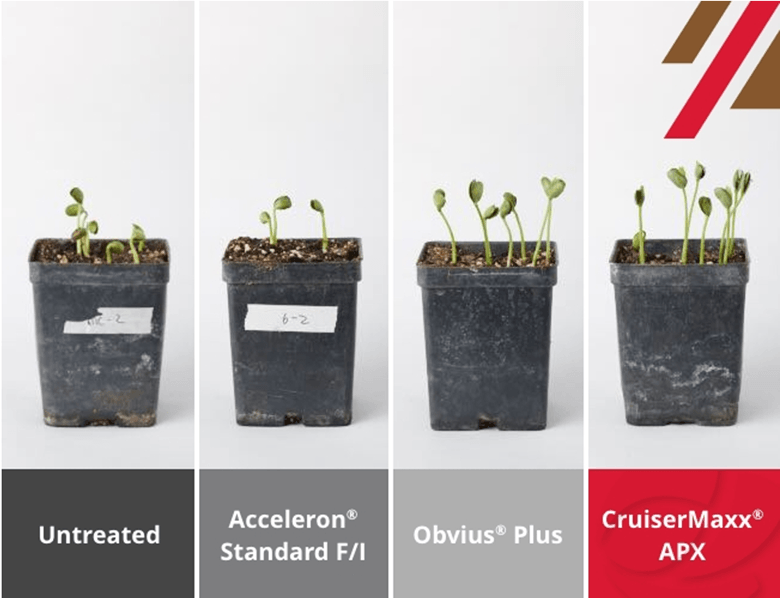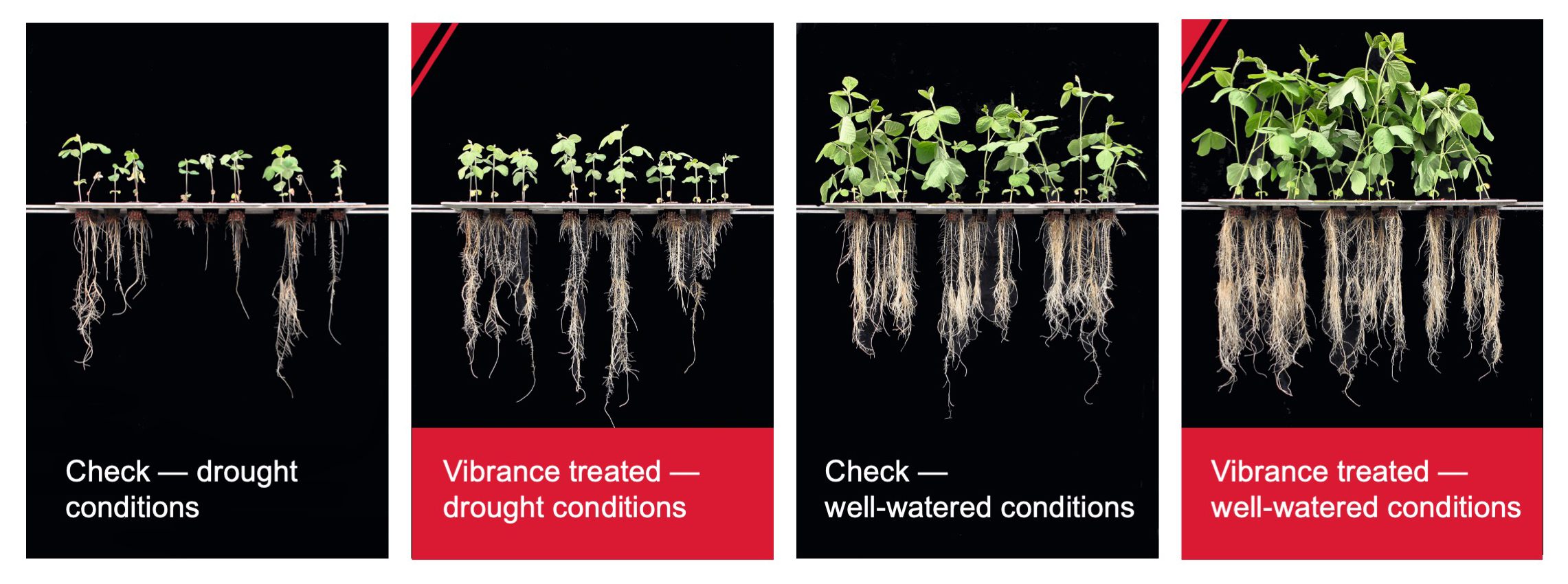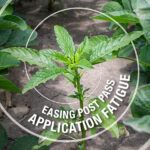Dry Weather Opens Door to Rhizoctonia, Dampening ROI Potential
As weather becomes more unpredictable, seed treatments are becoming even more important to keep your soybeans protected.

Weather patterns have been unpredictable in the Midwest over the past few years. With periods of drought, record temperatures and days of rain and flooding, Mother Nature is unpredictable – making it impossible to know what early-season diseases growers need to prepare for.
Different soilborne soybean diseases thrive under different weather conditions. Rhizoctonia is a common early-season disease that prefers drier conditions – even though its symptoms are similar to those of Pythium, which prefers cool, wet weather.
- Rhizoctonia root rot, caused by the fungus Rhizoctonia solani, causes damage to seedlings and older plants later in the season.
- Plants that have been affected by soybean cyst nematodes (SCN) may also be more vulnerable to this disease.
- Rhizoctonia can kill and stunt plants resulting in yield loss and is most easily identified by rusty-brown, dry sunken lesions on stems and roots near the soil line.
Given the instability of the weather in recent seasons, we don’t know what next year’s conditions or potential disease threats will be. That’s why it’s crucial to make sure soybeans are protected from the full spectrum of early-season diseases.
CruiserMaxx® APX seed treatment protects against Rhizoctonia and more to help growers achieve their yield goals. It delivers protection against early-season insects and diseases such as Rhizoctonia, Phytophthora, Pythium and Fusarium.

Its novel active ingredient, picarbutrazox (PCBX), is specifically designed for today’s soybean-growing reality, so growers can have the confidence to plant whenever is right for them and know their fields are protected.

For more information about tackling early-season soybean diseases like Rhizoctonia, talk to your local Syngenta representative.
2 Min Read
- Dry conditions during the growing season can allow Rhizoctonia to hurt your soybean yield.
- Applying a seed treatment is critical to protect your seed investment from damping off and root rot.
- CruiserMaxx® APX seed treatment protects against Pythium, Phytophthora, Rhizoctonia and Fusarium for a consistent, broad-spectrum defense.
More Articles About Field Insights
RECOMMENDED FOR YOU
2 Min Read























